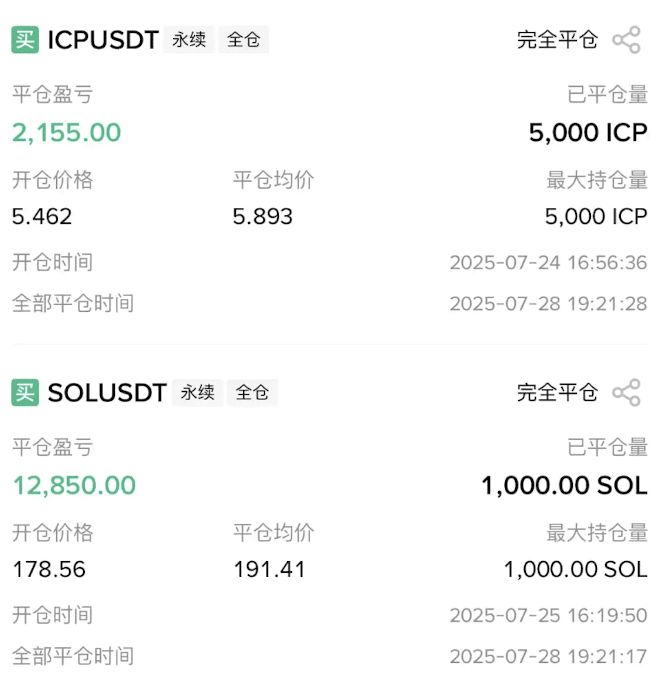If you want to make money in the crypto circle, don't blindly think about grabbing bull coins or betting on altcoins. What truly works is a set of 'opposite but effective' rhythmic methods.
I don't pick coins; I watch people. Every morning I look at these few things: which project's large addresses are moving unusually, one after another.
Which market suddenly thickened, able to absorb large orders; which community has stopped chatting and is quiet, but on-chain funds have not.
Run.
Take Solana for example; there was a trader who noticed the movements of large holders and on-chain funds during the congestion of Ethereum and discovered
Frequent unusual movements in addresses related to the Solana project, the depth of the market quietly thickening, although the community is not promoting it widely, undercurrents are surging. He
Decisively bought around $3 and held on until over $200, making a fortune.
I never guess market movements; I only do what is 'certain.' After three days of plummeting, when everyone panicked, the main force hadn't left—this is when I enter.
In the most stable way. Like during the crypto market crash in 2022, many projects were on the verge of collapsing, and a giant whale noticed a certain project.
Although the community is quiet, the on-chain funds are stable, and the main force has not withdrawn. He seized the opportunity to enter the market, and the project rebounded later, earning a lot.
Order.
While others are busy cutting losses, I take over; when others are in euphoria, I maintain my calm. I do not discuss so-called beliefs, only value actual returns.
the report. You are neither the project party nor a researcher; your only purpose in this market is to let your account balance grow continuously.
Operations rely entirely on rhythm, and profits accumulate little by little. Only consider increasing positions when unrealized gains reach 20%, using a pyramid-style stacking strategy.
Approach. Strictly control stop losses, with each order losing a maximum of 5% of the principal. If there are three consecutive losses, pause operations, shut down the computer, and leave.
I open, never stubbornly sticking to a point. I never chase rises, never go all-in, and absolutely do not stay up late watching the market.
There was once someone named Liangxi, who, during the wide fluctuations of ETH downward, did not blindly chase highs or cut losses. He adopted a 'long and short double play' strategy, benefiting.
Using high leverage to operate back and forth in the fluctuations, capturing most of the volatility profits, and finally, at the lowest point of the crash, precisely reversing to buy long.
Turned $2,000 in principal into $1 million in a short time.
I once told a friend: 'You are not a gambler, but you have been operating in a gambler's way.' Now he finally understands—
Don't chase those that rise sharply; the ones that can withstand the falls are the real strong players.
Maybe you are still busy studying candlesticks, drawing lines, and closely monitoring data, always thinking about 'buying the dip and making a fortune.' But to be honest,
In trading, the strongest method is never the smartest one, but the most stable one. Smart people often fail in prediction.
While those who can survive in the market rely entirely on ironclad discipline.
The market never lacks opportunities; what it lacks is your self-control. Trading is not a one-time deal, but a test of endurance.
Long run. What you lack is not effort or opportunity, but a guide that can help you achieve stable profits in this market.$ETH $BTC #主流币轮动上涨 #BTC再创新高 


